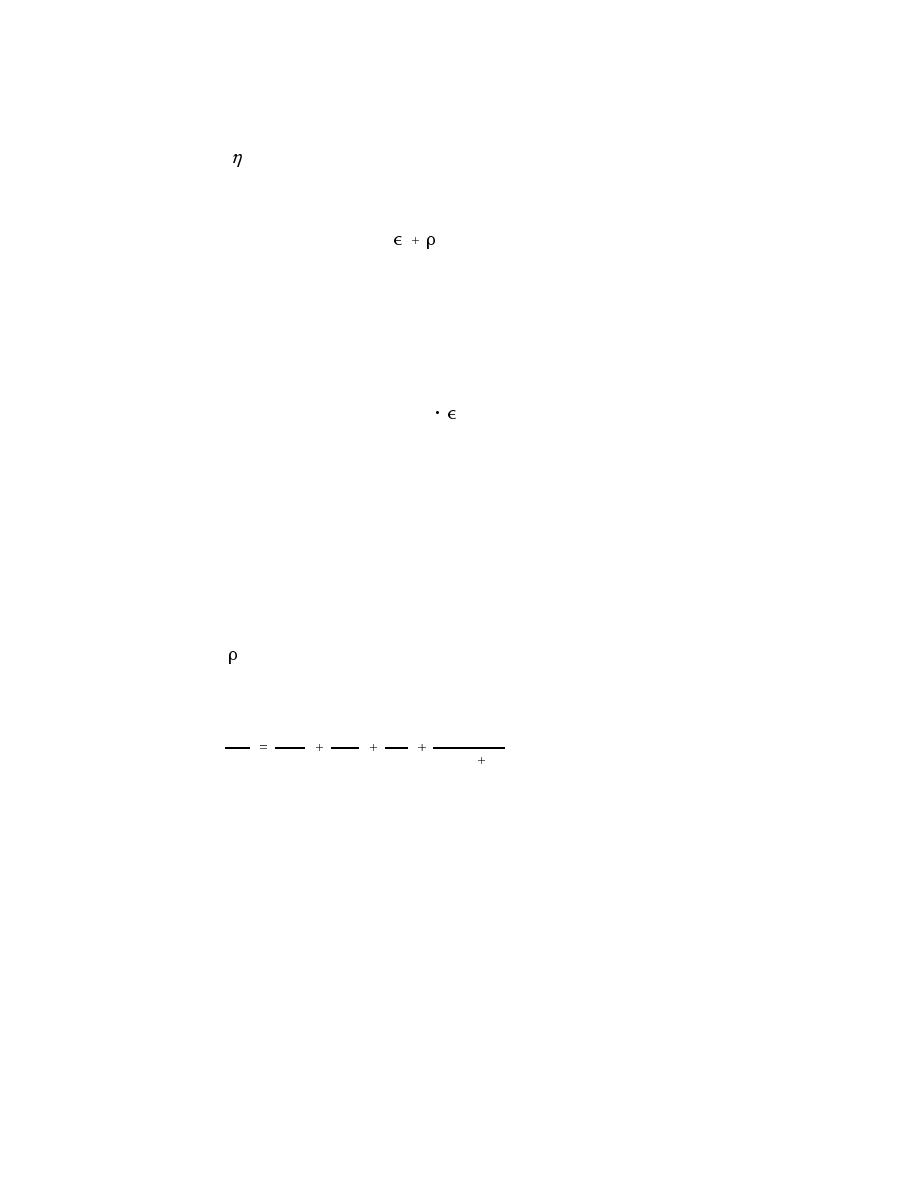 |
||
|
|
||
|
Page Title:
Maximum flux estimation (steady state) (Cont.) |
||
| |||||||||||||||
|
|
 Csw = pore water concentration at sediment water interface, ng/cm3
= desorption efficiency of contaminant from sediment particles
Dbio = biodiffusion coefficient, cm2/day
obs
Rf = retardation factor =
B Kd
Lbio = depth of bioturbation, cm
Kbl = benthic boundary layer mass transfer coefficient, cm/day
4/3
, cm3/day
De = effective diffusivity = Dw
Q = basin flushing rate, cm3/day
Cw = chemical concentration in the overlying water, ng/cm3
Kd = sediment water partition coefficient for chemical = Koc foc , cm3/g
Koc = organic carbon-water coefficient for chemical, cm3/g
foc = sediment fractional organic carbon content
= sediment bulk density
B
The overall mass transfer coefficient, Kov , can be obtained from the following
As
1
1
1
1
(B20)
Q
Ke Ae
Kov
Kcap
Kbio
Kbl
An analysis of this relationship for reasonable values of Leff suggests that
Equation B17 is valid.
This flux can be used to estimate concentrations in the water (Cw) or at the
sediment water interface (Csw) or multiplied by the capped area to determine total
release rate. For hydrophobic organics, the concentration in the overlying water
at steady state is defined by a balance between the flux through the cap, the rate
of evaporation to the air, and the rate of flushing of the water column. For
metals and elemental species not associated with volatile compounds, the flux
through the cap is balanced only with the flushing of the water column. The
overlying water concentration of the contaminant is given by:
B12
Appendix B Model for Chemical Containment by a Cap
|
|
Privacy Statement - Press Release - Copyright Information. - Contact Us - Support Integrated Publishing |